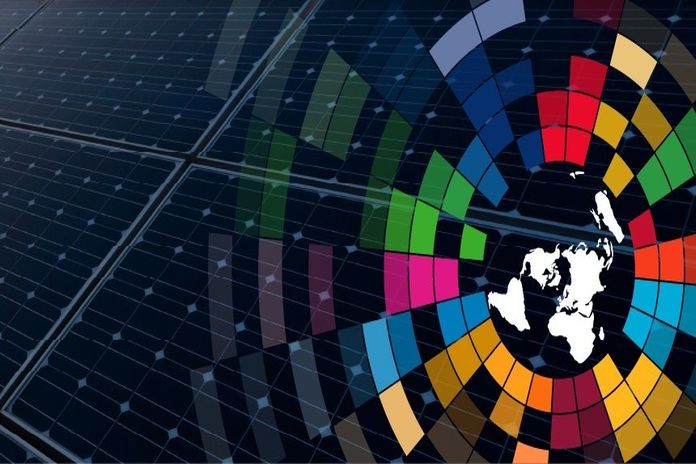The sixth session of the United Nations Environment Assembly (UNEA-6) will take place from 26 February to 1 March, 2024 at the United Nations Environment Programme (UNEP) headquarters in Nairobi, Kenya.
As the world’s top decision-making body on the environment, UNEA aims to help restore harmony between humanity and nature, improving the lives of the world’s most vulnerable people.
UNEA-6 will focus on how multilateralism can help tackle the triple planetary crisis of climate change, nature and biodiversity loss, and pollution and waste. Backed by strong science, political resolve and engagement with society, the Assembly will be an opportunity for world governments, civil society groups, the scientific community and the private sector to shape the global environmental policy.
As the planet’s only universal membership forum for the environment, UNEA provides a unique platform for courageous decisions and new ideas to chart a bold plan of collective environmental action. In so doing, UNEA-6 will support the achievement of the sustainable development goals.
UNEA-6 will be preceded by a meeting of the Open-ended Committee of Permanent Representatives, which will help lay the groundwork for the Assembly.
By Inger Andersen
As the world’s top decision-making body on the environment, UNEA-6 will bring together ministers, intergovernmental organizations, the broader UN system, civil society groups, the scientific community and private sector to shape global environmental policy. This year, we’re expecting more than 70 ministers and 3,000 delegates to join us in Nairobi. We currently have 20 draft resolutions and two draft decisions submitted for countries to discuss. Ochalik will share more on this. I will talk about the wider context of UNEA-6, and what it means.
As we prepare for this assembly, it is clear that the world has an environmental must-do list. This is a must-do list for tackling what we at UNEP call the triple planetary crisis: the crisis of climate change, the crisis of nature and biodiversity loss, and the crisis of pollution and waste. This crisis disproportionately impacts the African continent, including Kenya.
The impacts are here and growing. Last year was the hottest on record, bringing more intense storms, droughts and wildfires. Species are under massive pressure, forests are falling and soils are turning infertile. Millions of people are dying each year from exposure to pollution and chemicals.
There is a global response to the crisis. Last year’s climate talks signalled the end of fossil fuels and the Loss and Damage fund become operational, with US$700+ million pledges. We saw a new Global Framework on Chemicals and the first full year of operation of the Kunming-Montreal Global Biodiversity Framework. We’re in the final stages of negotiations on a global instrument on plastic pollution – a key outcome of UNEA-5. There are dozens of other global and regional multilateral environmental agreements, many of them hosted by UNEP.
So, we have the commitments. We know the solutions. There is more than enough finance in the world to get the job done, if redirected to the right places. The job now is to go further and faster in efforts to end the triple planetary crisis.
That is why this year, UNEA-6 will place particular focus on how stronger multilateralism can help us to do this. UNEA-6 will drive united, inclusive and multilateral action that addresses every strand of the triple planetary crisis as one indivisible challenge. In addition to the core resolutions, we will have a Youth Environment Assembly, convened by youth, for youth. We will have leadership dialogues on finance, on science, data and digitalization, and on multilateralism. We will have a day dedicated to bringing together the many multilateral environmental agreements that global governments have signed up to, with a view to creating united and amplified action.
UNEA-6 won’t solve the world’s problems overnight. What it will do is unite nations under the banner of environmental action, focus minds and energies on key solutions to the triple planetary crisis and guide the work of UNEP in this critical period for people and planet.





